Trapper Snowboards—seriously Canadian
Trapper Snowboards, a small company based out of Revelstoke, is creating seriously quality backcountry equipment
It’s no small decision to start creating a locally sourced product for a market that is already dominated by major international brands. It takes drive, confidence and more than a bit of nerve. Still, tucked in the heart of Revelstoke is a little factory that is producing top-of-the-line snowboards.
Trapper Snowboards started production three years ago after Tyler Riddell and Greg Fortier decided to look for an effective business that could combine their interests with life in Revelstoke. As snowboarders themselves, the big riding in the area provided inspiration for the boards they build. They have created a product that works best in deep powder and intense terrain.
“We build split boards, which are made for backcountry access. They’re boards that split into two and create a pair of skis,” said Riddell. “We have five models of snowboards and we make a noboard-specific board, (the Alpen Surf), so it's a bindingless board for powder surfing. You either makeshift your own grip on the top or you buy a specific pad that’s designed for those boards. It’s pretty niche, but it’s growing.”
A carefully crafted product
Most Trapper products are available as either split or regular boards. The bindingless board, Alpen Surf, does not come split, but the logistics of creating a split noboard is something that the company has been considering. For now Trapper Snowboards is continuing to create boards with an absolute focus on quality. The marketing has proved to be another important aspect of developing a business.
“I guess we just try to do our own thing, have our own niche, and let the boards speak for themselves,” said Riddell. “Our marketing budget isn’t even a fraction of what, say, Burton’s would be. It’s just about trying to hit key things and key places. The splitboard world is gaining a lot of momentum. Social media helps significantly, especially with how fast we’ve grown. It’s a cost-effective outlet for us. We’ve also picked a few magazines that are backcountry oriented (to advertise in).”
The first year for Trapper Snowboards was mostly spent in research and development. Creating a high-performance and sport-specific product from scratch is no small task. Riddell and Fortier started out working in a garage and built some of their own machinery. Now they produce their Trapper boards from start to finish. The first step is to build wood cores made of Douglas fir, which is sourced from a small local mill. The wood is carefully chosen for quality and given hands-on treatment throughout the process. Sidewalls for a snowboard are typically made of plastic, but Trapper Snowboards uses a white oak for all of its current models.
Looking good and keeping it legitimate
Local lumber is an important part of Revelstoke and literally becomes a core part of Trapper boards. The final products generally have graphics that allow the appealing wood grains to remain part of the design.
“All of our graphics usually come to us as paintings or some form of art that’s done by a western Canadian artist,” said Riddell. “We usually give them an idea and they come back to us with the type of art that we’re becoming renowned for. Each model has a different graphic of its own. They’re all animal features, or different things that are Canadian orientated.”
The people at Trapper Snowboards start building their 2014 models in May and will roll them out at retailers around the end of September. Right now they’re planning to expand their line to include a board that will work well for park riding and ski resorts. At the moment, all Trapper boards are built wide for powder riding, but Riddell said that a new board will allow for more freestyle and diversity. This will broaden markets and perhaps allow Trapper Snowboards to get established in the eastern side of North America as well. Riddell said that the comment he gets most often is that a Trapper board stands out among others on a retail wall. Perhaps it's the handcrafted graphics. It could be the superb quality—or maybe it’s the spirit of a small company that is dedicated to top products from a great source.
“We’re just trying to keep it as Canadian as can be, and as local as we can, because we understand the whole value of keeping your money within the community,” said Riddell. “We really recognize that because it seems there aren’t a lot of Canadian-made products out there anymore. A lot of companies, even if they are Canadian, source production out to somewhere for significantly cheaper labour. We’re trying to keep it legitimate, and just let that speak for itself. We might not develop thousands and thousands of boards each year, but we’re able to really concentrate on quality.”

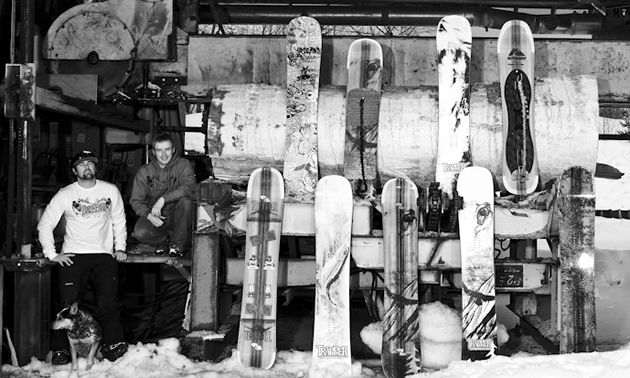
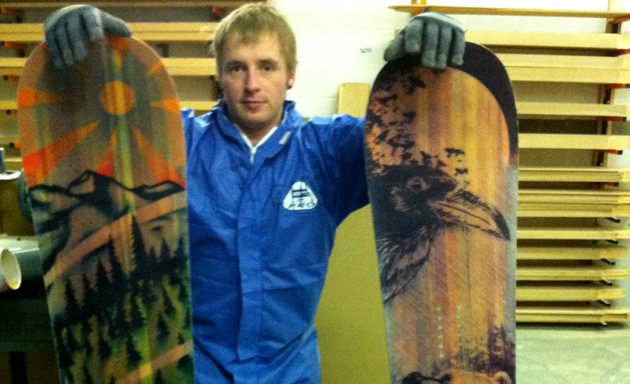
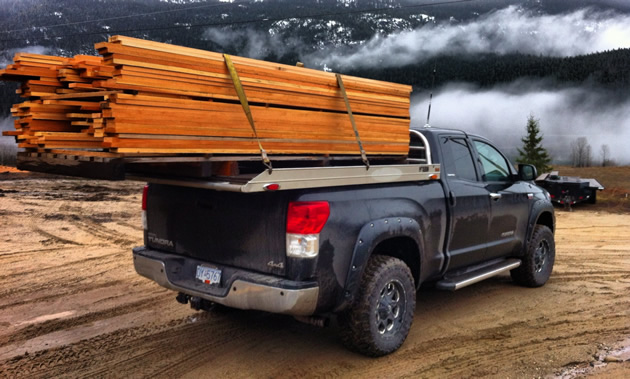
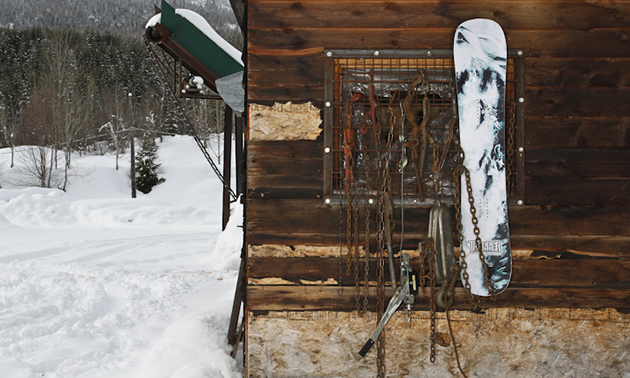
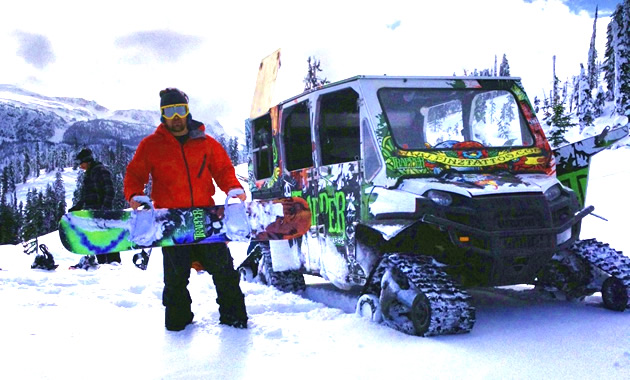
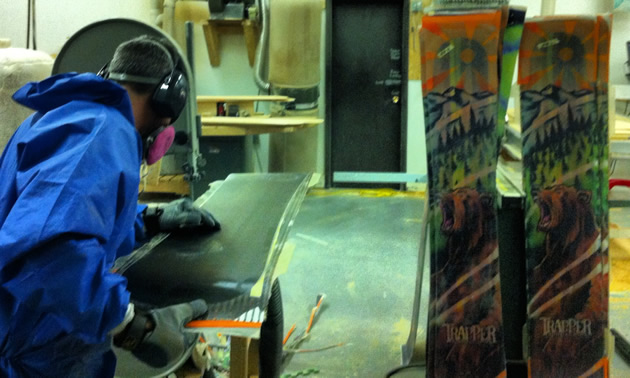
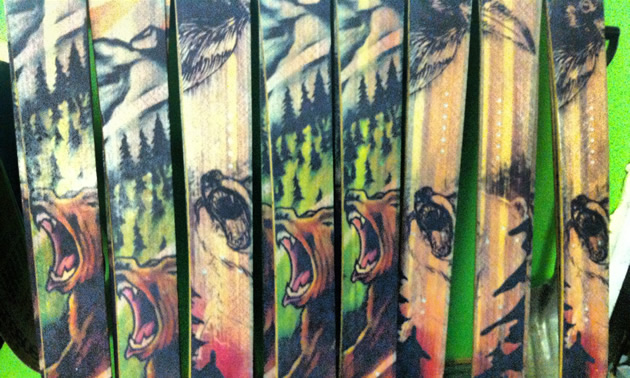
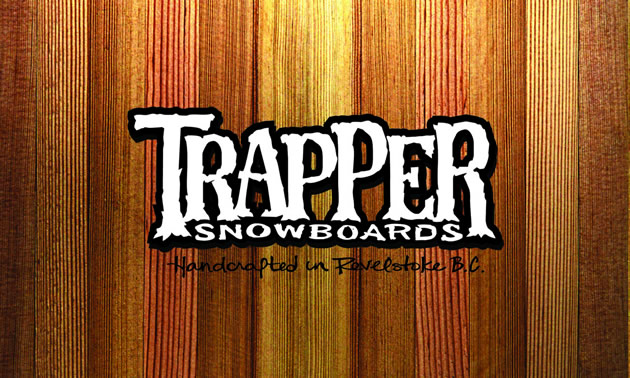
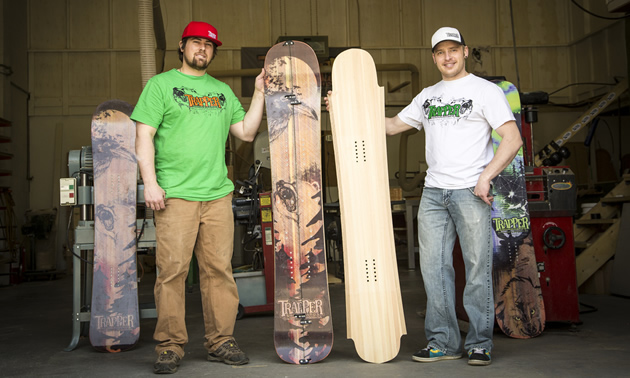

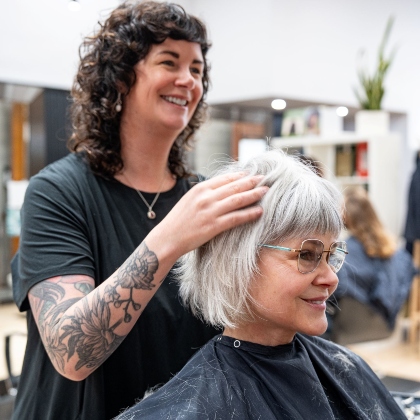
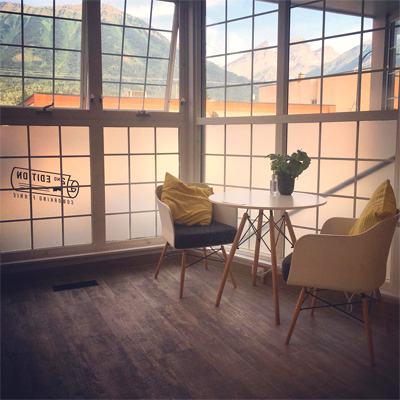
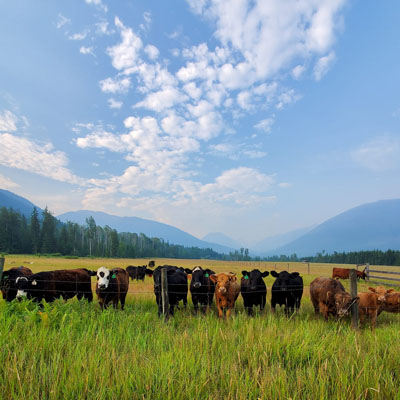

Comments